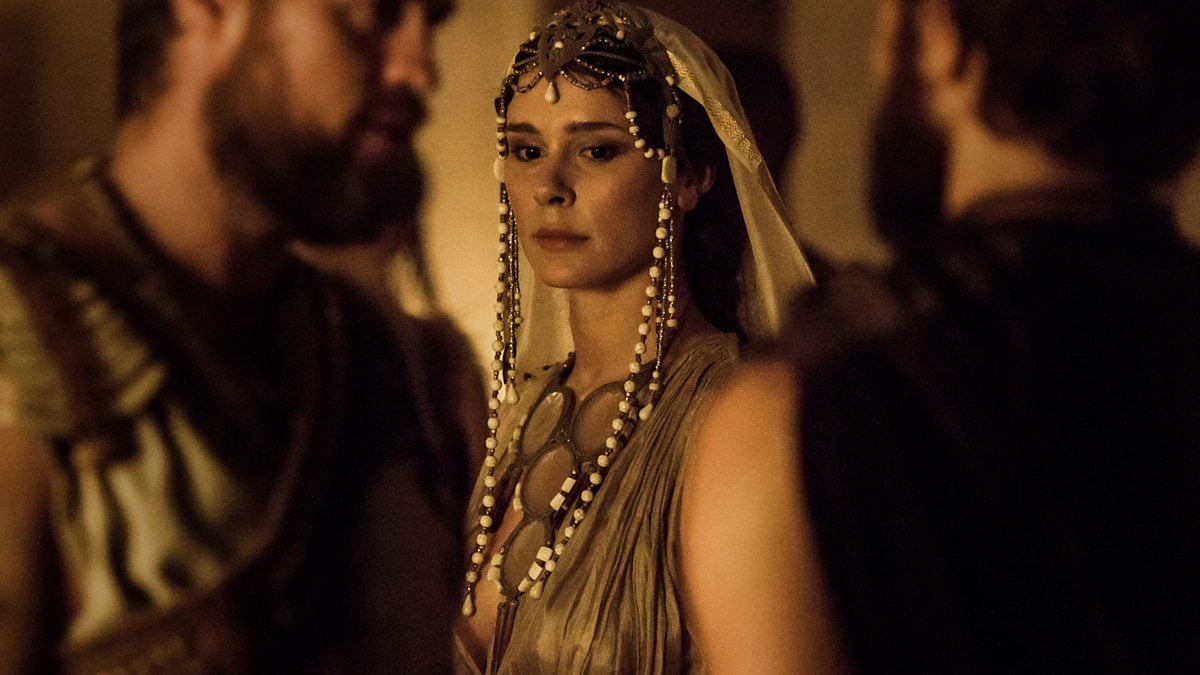In the annals of mythology, few figures captivate the imagination as profoundly as Helen of Troy. Renowned for her unparalleled beauty and the cataclysmic conflict her abduction incited, Helen’s story transcends time, serving as a poignant reminder of the interplay between human desires, ambition, and fate. This article delves deep into the enigmatic tale of Helen, exploring her mythical origins, her pivotal role in the Trojan War, and the enduring legacy she has left on literature, art, and culture.
Helen’s Mythical Origins
Helen’s origins are shrouded in myth and legend, intertwined with divine lineage and mortal intrigue. According to Greek mythology, she was the daughter of Zeus, the king of the gods, and Leda, the mortal queen of Sparta. However, her conception was far from ordinary, as Zeus, assuming the form of a swan, seduced Leda, resulting in the birth of Helen and her twin brother, Pollux, along with their half-siblings, Castor and Clytemnestra.
Helen’s Beauty and the Judgment of Paris
Helen’s unparalleled beauty became the stuff of legend from her infancy, with poets and artists alike extolling her radiant allure. As she matured into womanhood, her radiance only intensified, captivating all who beheld her. It is said that her beauty was so sublime that it sparked the famous Judgment of Paris, a pivotal event that would ultimately set the stage for the Trojan War.
The Trojan War and Helen’s Role
The abduction of Helen by Paris, prince of Troy, serves as the central catalyst for the epic conflict known as the Trojan War. Paris, smitten by Helen’s beauty, spirited her away from Sparta, igniting a war of unprecedented scale and ferocity. Helen’s status as the face that launched a thousand ships is emblematic of her role as both object and agent within the epic narrative. While some portray her as a passive pawn in the machinations of gods and men, others depict her as a complex and multifaceted character, capable of agency and autonomy.
The Odyssey and Helen’s Redemption
In Homer’s epic poem, “The Odyssey,” Helen is portrayed in a different light, as a figure haunted by remorse and longing for her homeland. During Odysseus’s journey home from the Trojan War, he encounters Helen in the halls of Menelaus, her estranged husband. Through their poignant exchange, Helen reveals the depth of her sorrow and the burden of guilt she carries for her role in igniting the war. This portrayal of Helen as a figure of remorse and redemption adds layers of complexity to her character, challenging simplistic notions of beauty and agency.
The Enduring Legacy of Helen
Beyond the realm of mythology, Helen of Troy continues to captivate and inspire. Her story has been retold countless times in literature, drama, art, and film, serving as a perennial source of fascination for writers, artists, and scholars alike. From Euripides’ tragic play “Helen” to Margaret Atwood’s contemporary novel “The Penelopiad,” Helen’s presence looms large, inviting reinterpretation and reimagining with each passing generation.
Conclusion
Helen of Troy stands as a timeless symbol of beauty, power, and tragedy, her mythic journey serving as a mirror to the complexities of the human condition. From her mythical origins to her pivotal role in the Trojan War, and her enduring legacy in literature and art, Helen continues to intrigue and beguile, her story a testament to the enduring power of myth and the timeless allure of the enigmatic feminine.
